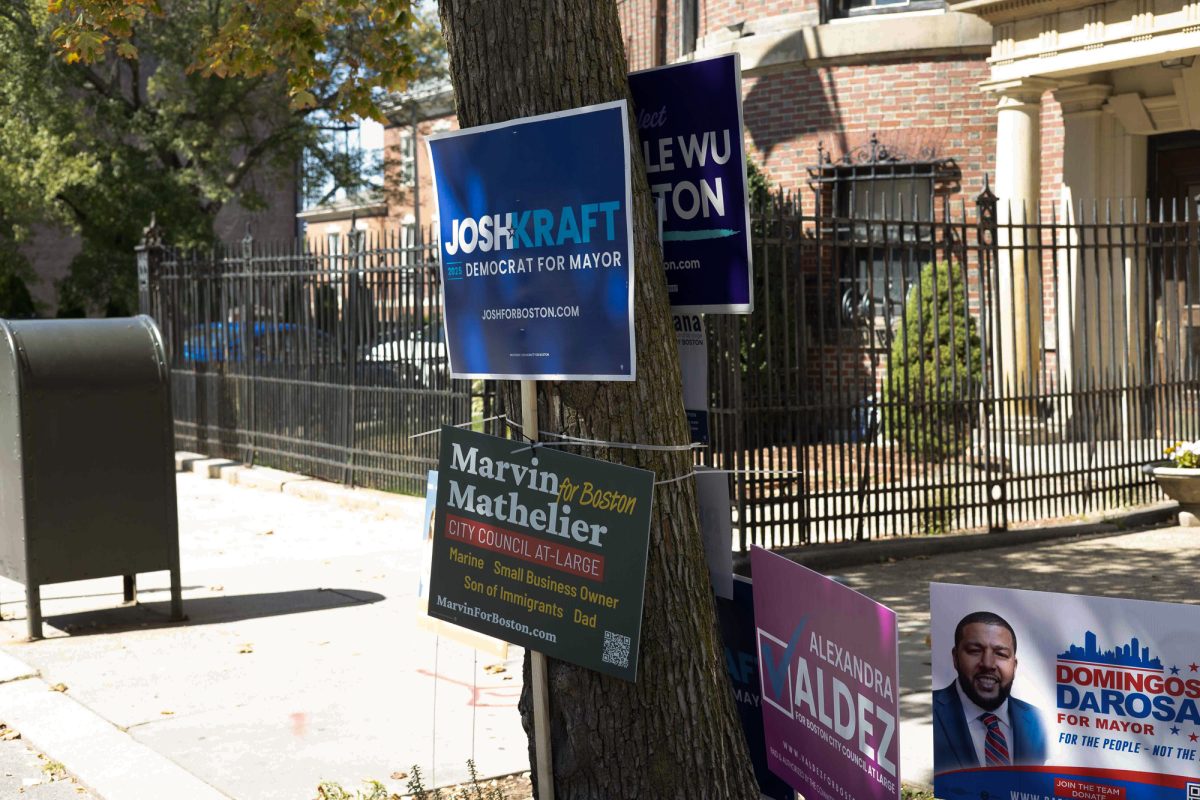School lunches are the talk of the table this week as bloggers slam First Lady Michelle Obama and her school lunch reform policies. A pregnant 17 year old from Chickasha, Oklahoma posted a photo on the Internet on Oct. 13 of her Obama-fied school lunch: two slices of lunch meat, a slice of cheese, some cauliflower and two packages of crackers.
Many parents, taxpayers and students are quite upset about the much-lacking meal. The school said there are extreme challenges with creating a balanced, filling, inexpensive, Obama-approved meal because of the strict calorie limits on meals by the Healthy, Hunger-Free Kids Act.
The Healthy, Hunger-Free Kids Act presents a common challenge in public health. When is it time to intervene with people’s autonomy and how much is too much? The failure of an Obama-certified school lunch is only more of a reason for America to look at what we are feeding children.
If a school is having difficulty feeding a healthy and complete meal to children, there is a bigger issue at hand. If there were no calorie limits, could the school have offered a better meal? Maybe. Or would they have offered the cheap, easy and processed pizza and chicken nuggets? There is no better way to stop this besides starting at the policy level. The Healthy, Hunger-Free Kids Act is a step in the right direction to help solve both the obesity epidemic and chronic preventable illnesses.
Without the reforms, many school lunches would still look similar to the most popular choices at the a la carte lines. At my school, it was “Bosco Sticks” (breadsticks filled with cheese), curly fries and ice cream, basically cheap, greasy, crowd-pleasing food. Not a green thing on the plate, unless, of course, you packed your own. I know I was not eating healthy growing up, but I want better for the next generation.
If these same healthy meal requirements were put into place at other institutions, like colleges and work places, people would still be upset.
Clearly, we have created a culture that has too big portions, too processed meals and has said, “See you later” to fruits and vegetables. The food industry has betrayed us by creating cheap, addicting and perfectly palatable foods that offer no nutritional value. Child or adult, whether you want to or not, it can be difficult to eat healthy.
Boston University has tried to get students to eat more mindfully with its “Make A Difference Monday” and Sargent Choice initiative. College students have the ability to choose what they eat and are well informed about the dangers of unhealthy eating. Yet every week, I know many students who complain about Make A Difference Monday, avoid anything approved by the BU Sargent Choice Nutrition Center and run for the hills on the annual Sargent Choice Night at the dining halls.
While the Healthy, Hunger-Free Kids Act is a step in the right direction, it poses problems in regulating lunches that fit every student’s needs. It is even harder to force regulations on schools without providing them extra support.
For many students in low-income areas, where the schools are already hard-pressed for extra resources, school-provided meals are the only meals some kids eat. And that means they better be good.
In a similar sense, college dining halls are the main source of food for many college students. They have a similar responsibility to provide good, healthy meals.
And just because you can make a healthy, nutritious meal, does not mean students will eat it. Many schools have reported an increase in food waste since the reformed, healthier lunches were put in place.
BU seems to be running into the problem of creating a sensible, healthy menu that college students want to eat. Make A Difference Monday and Sargent Choice are good ideas, and I strongly value the sentiment. However, no one in the community seems to be benefitting from meals that are not successful.
BU Dining Services seems to be receptive to the negative attitudes toward eating healthy. They opened up their procurement meetings to the community and are actively trying to have conversations about dining and meals on campus. They seem to be open to changing things and taking feedback from the community.
Listening and compromising with the student body will help students find their appetite during Make A Difference Monday and Sargent Choice Night. Eventually, if BU Dining finds healthy foods that are a fan favorite, they can be integrated into the regular menu. Then slowly, most of the menu will be healthy.
Food industry overhaul and lunch reforms are huge tasks. It will not be fixed overnight, especially when the enemy at hand tastes so good and is so easy to find. Yet policy reform and healthy initiatives are the best ways to set standards for healthy meals. Yes, there will be a learning curve for everyone involved, schools and students included, but at least change is happening.





















































































































